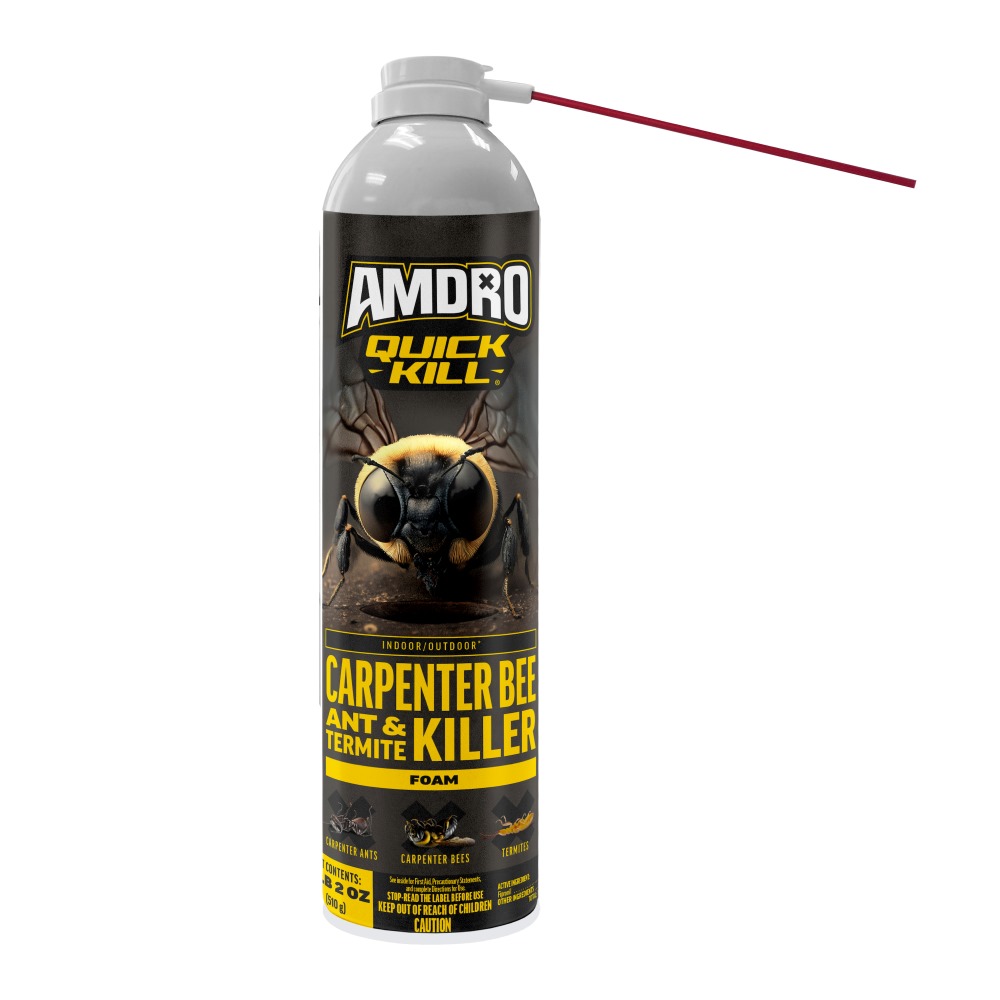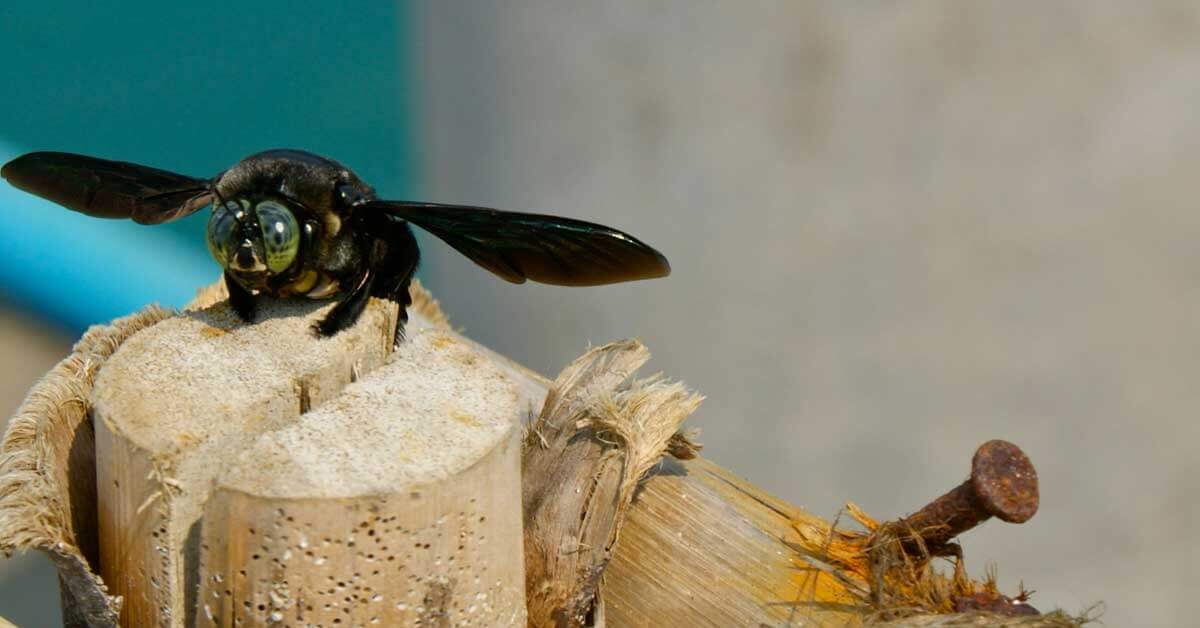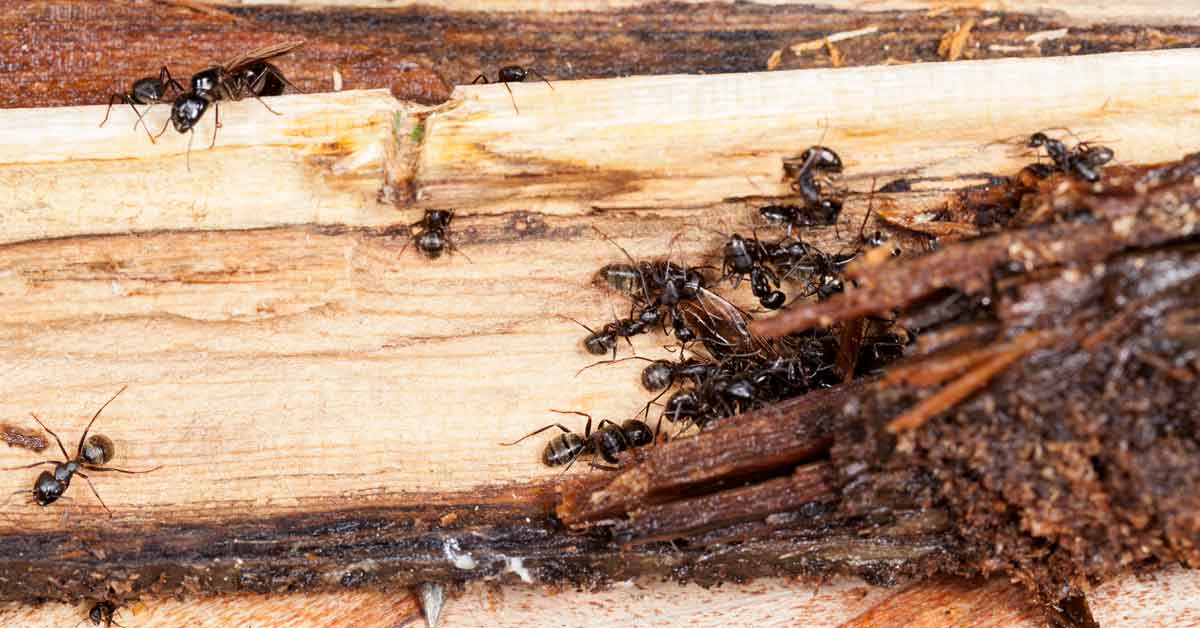Carpenter Bees
CARPENTER BEE IDENTIFICATION
Many species of carpenter bees go about their business and never cause problems for people. But Eastern homeowners are all too familiar with carpenter bees that rank as one of America's top wood-damaging pests. One of the largest native bees in the United States, these Eastern carpenter bees grow up to 1 inch long. Often confused with bumble bees, they have black and yellow hairs on their bodies. But while bumble bees have hairy abdomens, Eastern carpenter bee abdomens are shiny and black.
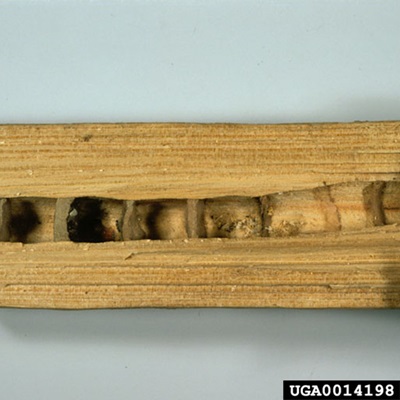
SIGNS OF CARPENTER BEES
Like carpenter ants, carpenter bees don't eat the wood they damage. Instead, they excavate extensive tunnels to house their nesting chambers. The first sign of a carpenter bee problem is usually a round, 1/2-inch hole somewhere it's not wanted with a pile of sawdust on the ground below it. Look for excrement stains on the wood below the hole.
Carpenter bees don't live in large hive-like colonies, but their extended families often remain together in the same spot. As generations multiply, so do their nesting tunnels. A single entry hole may lead to multiple connected tunnels extending 10 feet or more within boards or walls. Weathered, unpainted or unsealed wood is a favorite carpenter bee target.
HOW TO CONTROL CARPENTER BEES
Because of their extensive nesting chambers, effective carpenter bee control means reaching these offenders, inside and out, and preventing new infestations of wood-damaging bees. Amdro® brand offers several products to help you stop carpenter bee damage and prevent an encore:
- Amdro Quick Kill® Indoor/Outdoor Carpenter Bee, Ant & Termite Killer Ready-To-Use in a convenient spray container is ideal for treating outdoor areas, such as decks and pergolas, or for spot treatment of your home. It kills carpenter bees fast and keeps working up to three months outdoors and up to 12 months inside.
- Amdro Quick Kill Indoor/Outdoor Carpenter Bee, Ant & Termite Killer Foam provides a way to reach into carpenter bee tunnels. When sprayed, the foam expands to kill carpenter bees and other wood-infesting pests where they live. A straw for precision application is included, so there's no messy residue.
CARPENTER BEE TIPS
Male carpenter bees are very aggressive and often dive-bomb people and pets that come near their homes. Despite their aggression, these male bees can't sting, so don't let them deter your treatment. Female carpenter bees can sting, but they rarely do. They try to avoid human contact instead.
Always read product labels and follow the instructions carefully, including recommendations for professional inspections.
Amdro and Amdro Quick Kill are registered trademarks of Central Garden & Pet Company.
Pest Gallery
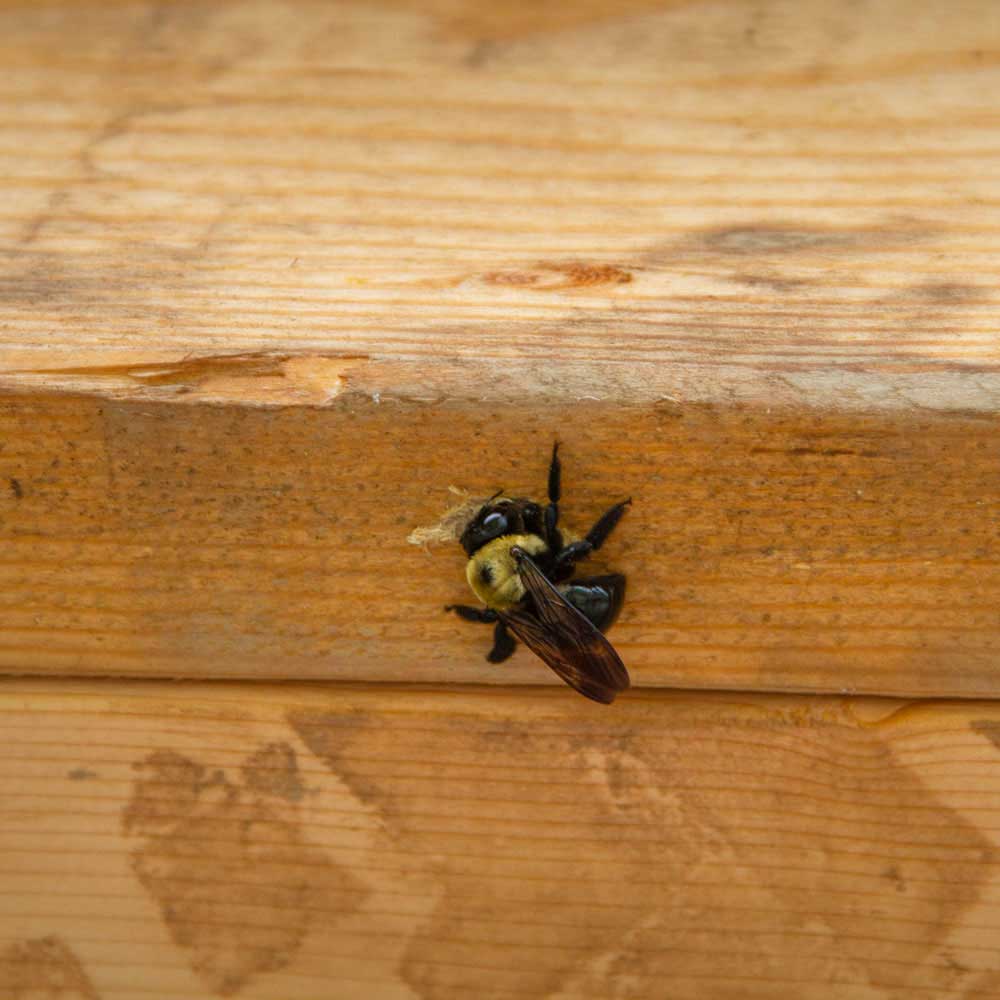
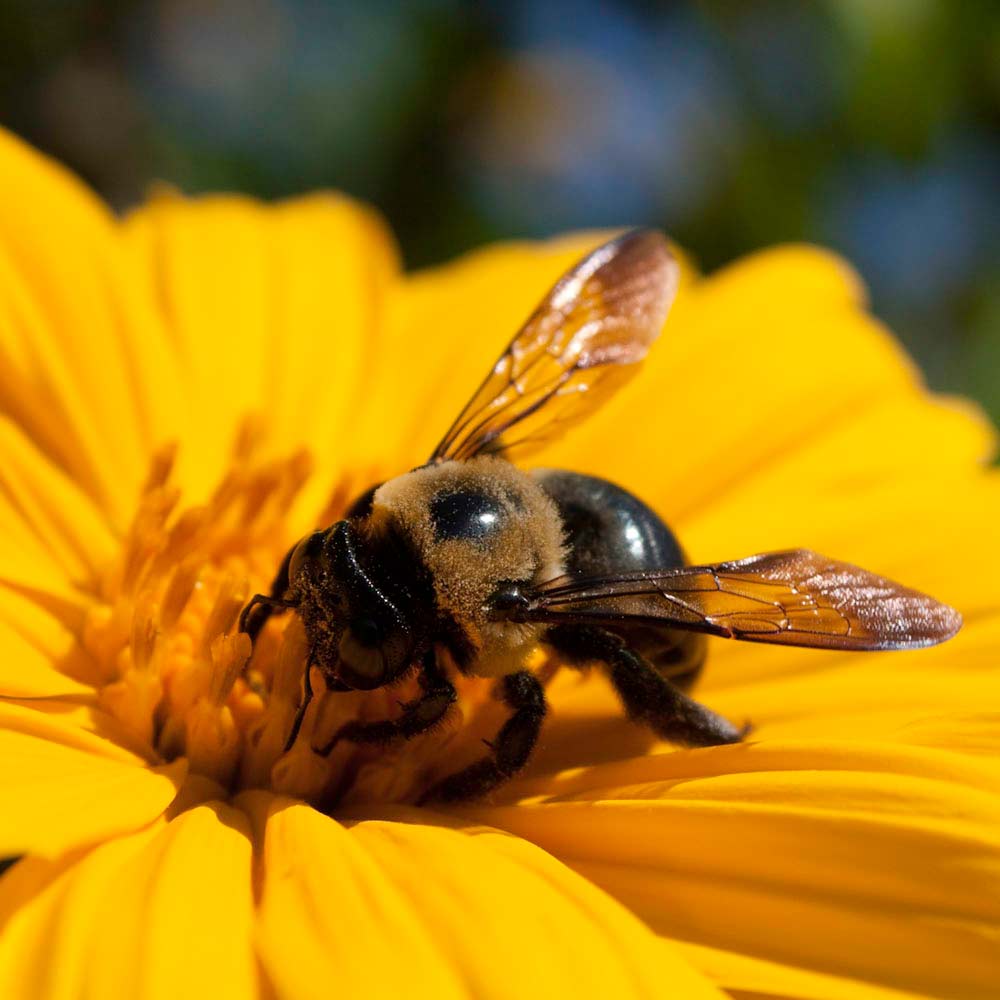
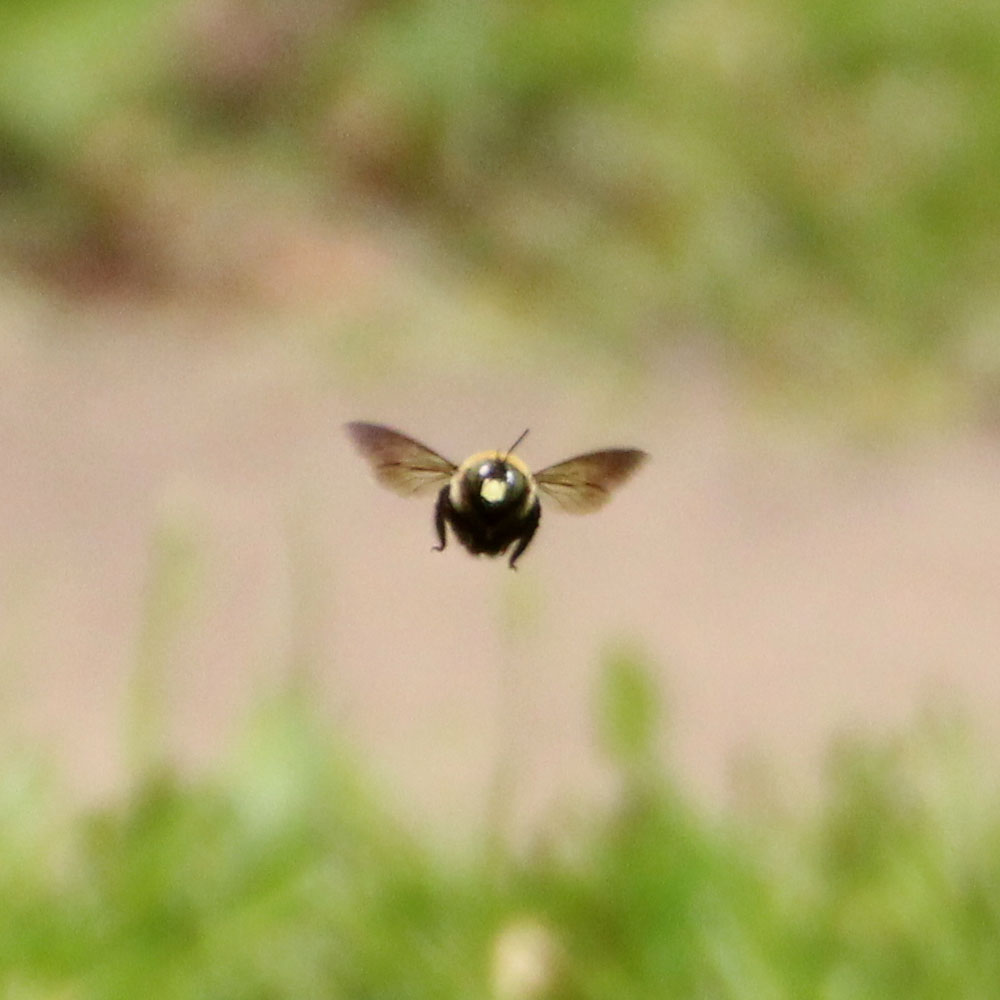
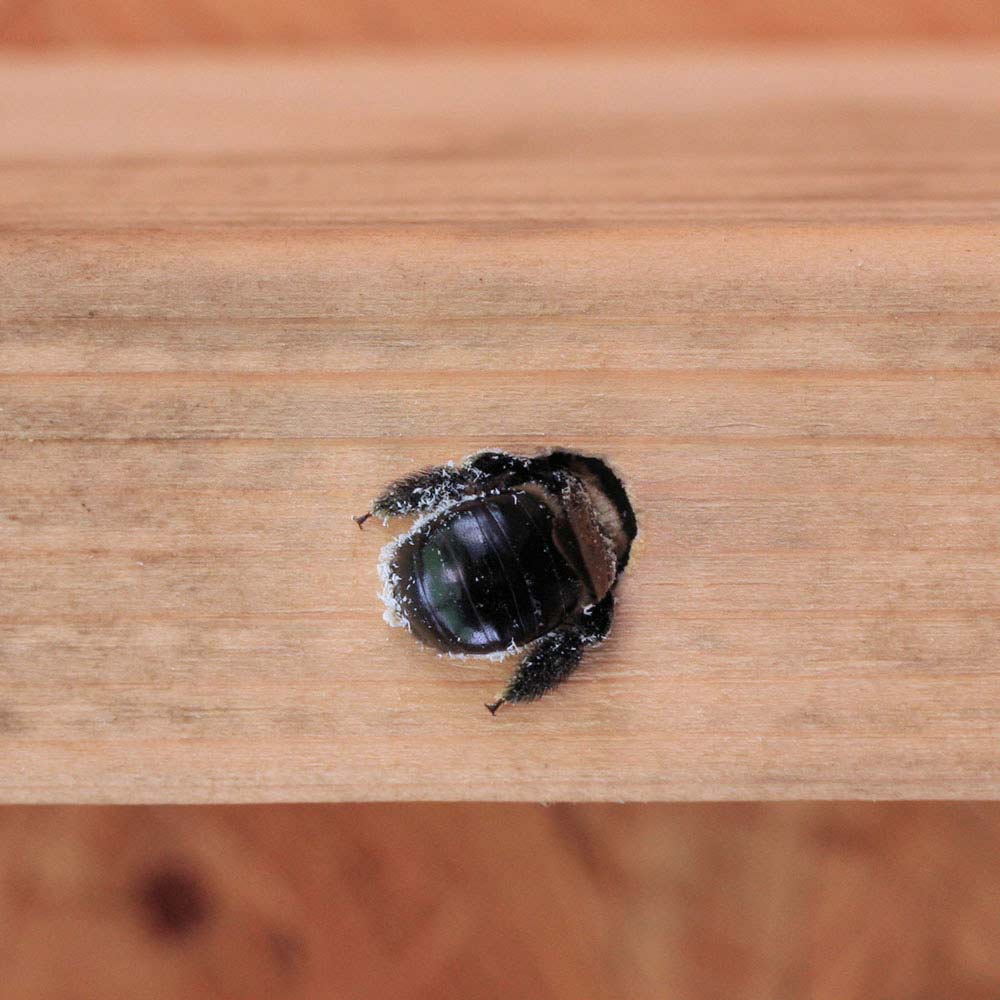
Is this not your insect?



